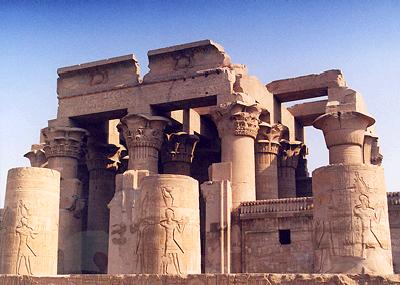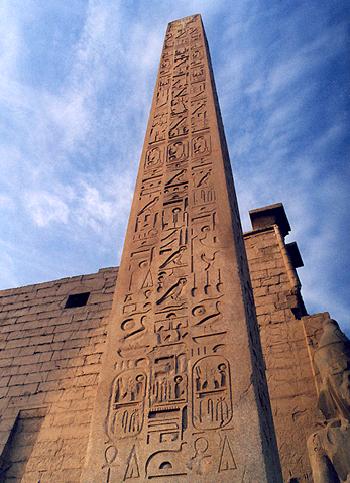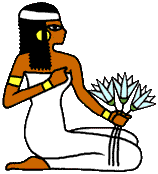JANNA'S JOURNEY
Janna Silverstein is a member of
MSN COMMUNITIES (EXPEDIA EUROPE & AFRICA)
The Copyright photos are shown below, with the words that are written for you, about the journey
CHILDREN of LUXOR
A common scene in Luxor in the residential neighborhoods. Donkeys are often used as transportation for produce and sometimes for people, as shown here. Those smiles you see are common, also. All over the city there are signs that say "Smile! You are in Luxor!"


KOM OMBO TEMPLE, banks of the Nile
OBELISK AT LUXOR TEMPLE
LUXOR MARKET
HALL of MUMMIES, Egyptian Museum, Cairo
SUNRISE at SINAI, St.CATHERINE
TOMB ENTRANCE, VALLEY of the KINGS
STOP PRESS
If you see any interesting Egyptian stories in the press,tell us and
we will put them here
Times Copyright photo- 22nd January 2000
This Statue, of Queen Nefertari, is on its way back to Egypt, it was found stolen in Britain.
Located about 30 miles north of Aswan, Kom Ombo is the only double-sanctuary temple in all of
Egypt. It is dedicated to the god of wisdom and medicine, falcon-headed Horus, and the evil
crocodile god, Sobek. If this is a curious combination, it's also a practical one.
In ancient times, Kom Ombo temple functioned as a hospital and a temple to Horus on the banks of
the crocodile-infested Nile. The locals feared that Sobek would become jealous if his presence
wasn't acknowledged, so the temple was built to accomodate both gods. It is a double temple in
every sense, each side mirroring the other exactly.
Another unique feature makes Kom Ombo special. One wall features a calendar chronicling the days
of each month, and which festivals and services were to be performed at specific times.


Luxor Temple stands at the heart of the city of Luxor. This obelisk stands before the main
entrance to the temple.


Markets like this one are all around Luxor. Customers haggle for vegetables.
Further down the street from this spot, people sold clothes, fabric, and other sorts of food.


The Hall of Mummies at the Egyptian Museum is huge, and all around there are cabinets full of
mummies just like these. There is a separate hall specifically for kings and queens,
where visitors can look upon the remarkably well-preserved face of Ramses the Great,
among others. It's a chilling yet awe-inspiring experience to look into the face of a man who
lived more than 2000 years ago. A strong constitution is required, however. Viewing mummified
bodies is not for the squeamish.


Each day, tourists and pilgrims arrive at the trailhead at the base of Mt. Moses
(traditionally believed to be the biblical Mt. Sinai) at 3:00 AM to hike to the top of the
mountain and meet the sunrise. Some tourists opt to ride camels instead of hiking the whole
trail, but no visitor is spared the last 800 steps to the top of the mountain.
This photo was taken shortly after sunrise, facing south from the top.
At the base of the mountain is the Monastery of St. Catherine, built on the site traditionally
believed to be the location of the Burning Bush. In fact, the bush believed to be The Bush is
enshrined behind the monastery's main sanctuary. The sanctuary itself is filled with beautiful
Greek Orthodox icons. From the ceiling hang hundreds of brass oil lamps.


All ancient Egyptian tombs are entered through a passage way enscribed with the Egyptian Book of
the Dead, a sort of manual to the Underworld. The owner of this particular tomb died before it
was finished. The ceilings had been painted, but the walls were never finished.
At the Valley of the Kings, you can buy a ticket to visit three tombs. Some, however, require an
extra charge, including those of King Tut, Queen Nefertiri, Ramses the Great.




